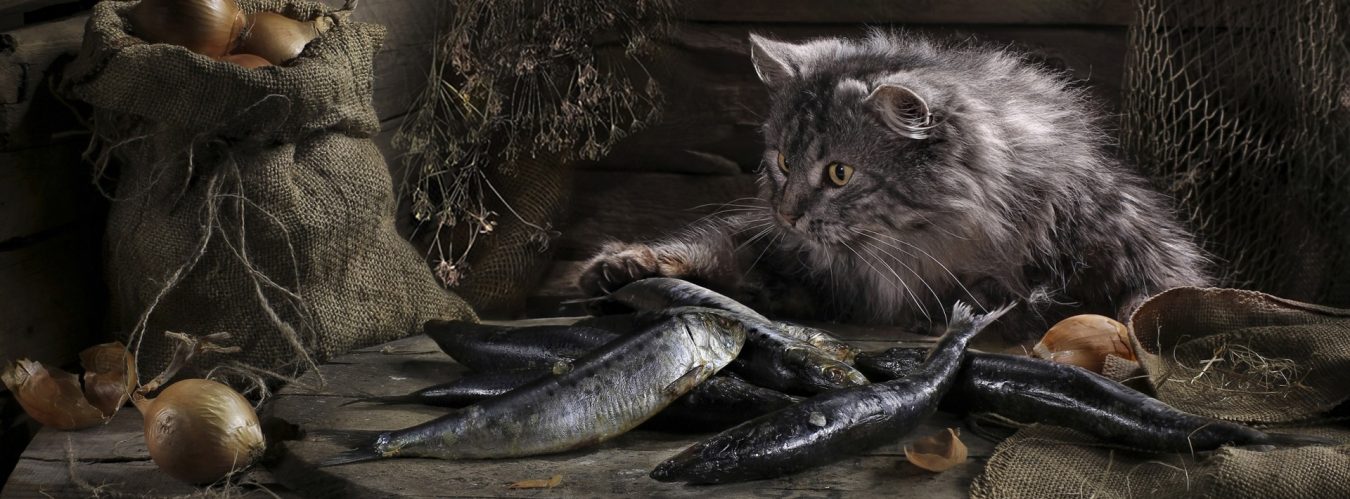 Ecology
Ecology
Today, only a few plants can be seen in Antarctica that only grow for a couple of weeks a year. They are able to live in the infertile soil of the southernmost continent with minimal sun and heat. But a long time ago, some parts of Antarctica were really rich in flora.
New studies have shown that between 15 and 20 million years ago, life flourished on the Antarctic coast. A study of ancient pollen samples showed that these places resembled the modern Chilean Andes — at the foot of the mountains there were herbaceous flat landscapes with small trees.
The peak of lush vegetation growth in these areas was the Miocene period, when the level of carbon dioxide in the atmosphere reached 400-600 parts per million. (Today, due to the serious use of fossil fuels, carbon dioxide levels reach 393 parts per million). As a result, the temperature on the planet began to rise.
There have also been changes in Antarctica. During this period of warming, summer temperatures rose to 11 degrees Celsius, which is warmer than today. “When the planet warms, the biggest changes take place at its poles,” says researcher Jung-Eun Lee of NASA's Jet Propulsion Laboratory. “The rain bands move south has made the shores of Antarctica different from polar deserts. These territories looked more like modern Iceland.”
NASA scientists, as well as researchers from the University of South Carolina and the University of Louisiana, collected samples of sedimentary rock layers near the Ross Ice Shelf. They found traces of vegetable wax, pointing to ancient vegetation in these areas. Pollen and algae were also found in these samples.
The analysis of vegetable wax helped determine the amount of water that plants consumed during their lifetime. Scientists were then able to trace variations in hydrogen molecules in water — isotopes. Since isotopes can vary at different times and under different conditions, this allowed scientists to determine what climate could be observed at that time when this water fell to earth in the form of rain.
If the amount of carbon dioxide in the atmosphere currently increases, it will reach mid-Miocene levels by the end of this century. The northern part of the Antarctic Peninsula has already warmed by 2.5 degrees Celsius over the past 50 years, and satellites are showing a rapid disappearance of shelf ice.
Ancient sediments in Antarctica show where things are going. “The history of our planet has a lot we can learn, including the climate of the past can suggest how to deal with the situation today,” the researchers say.
